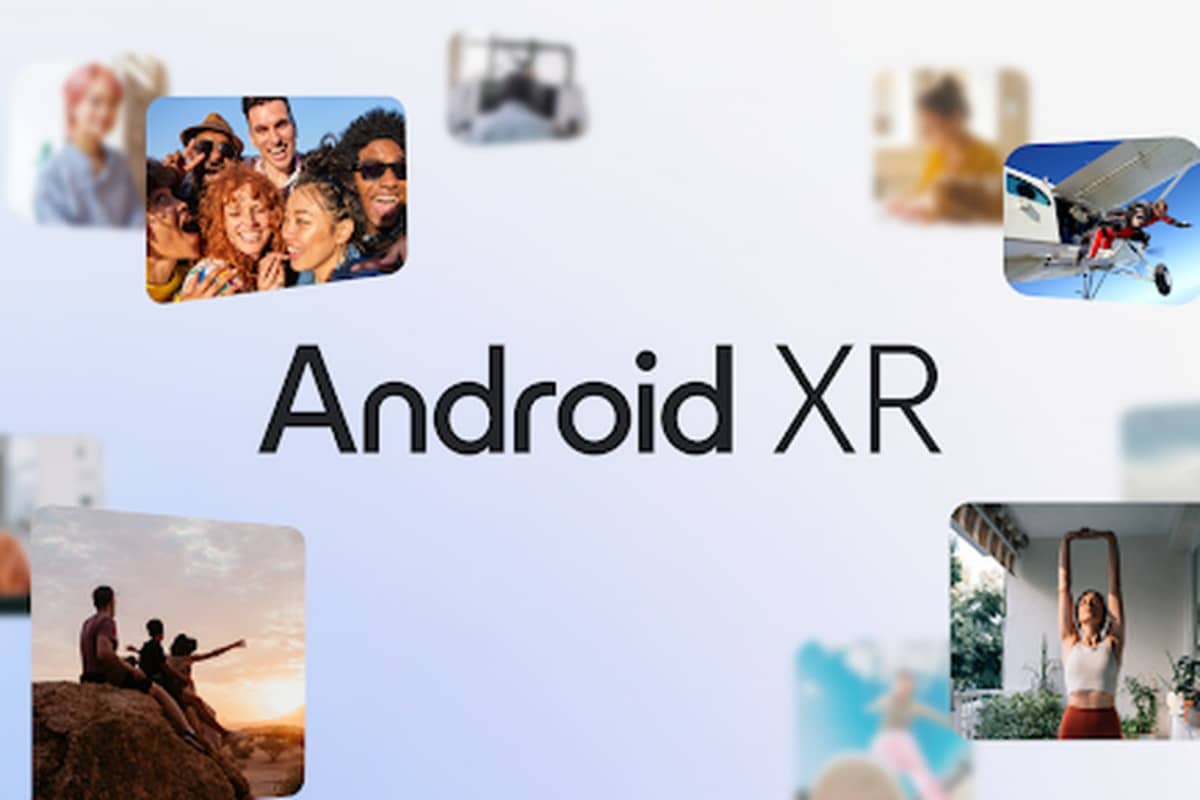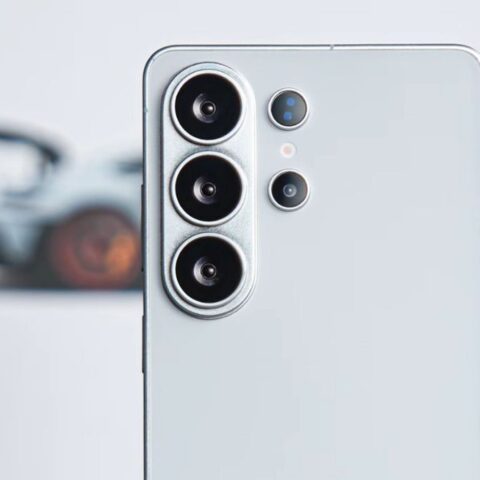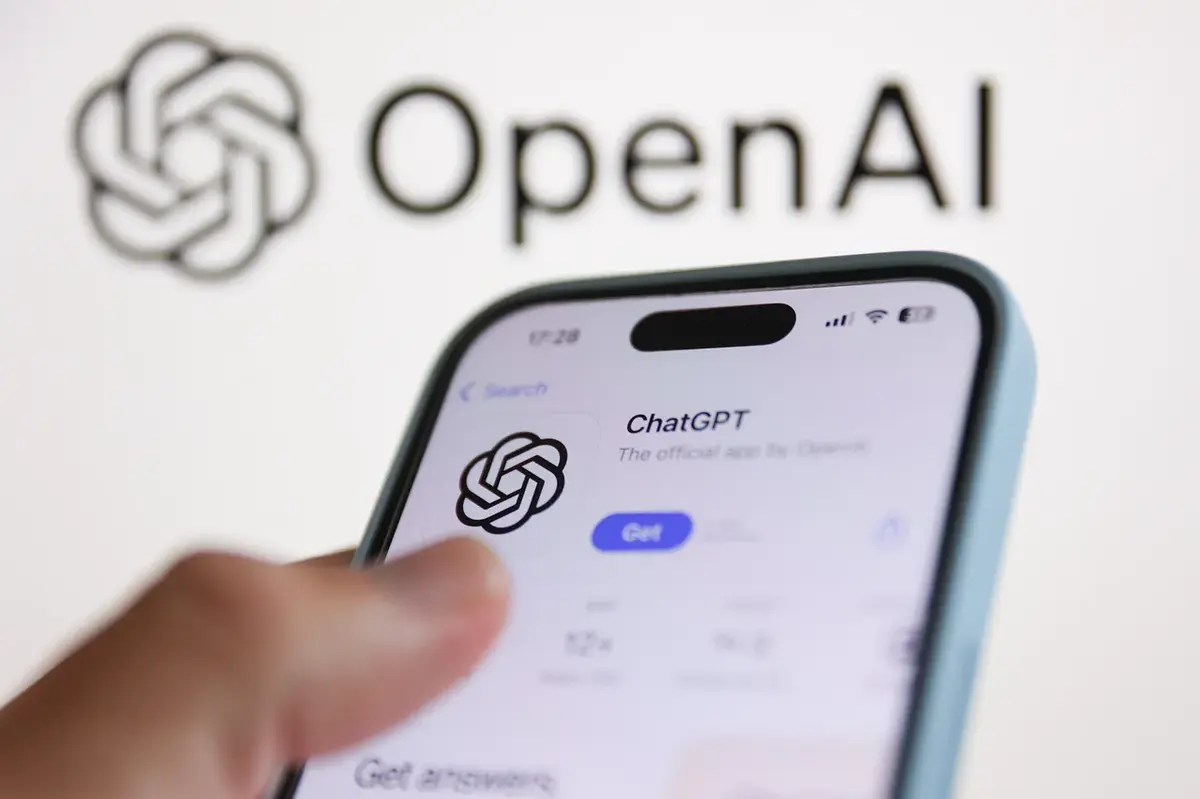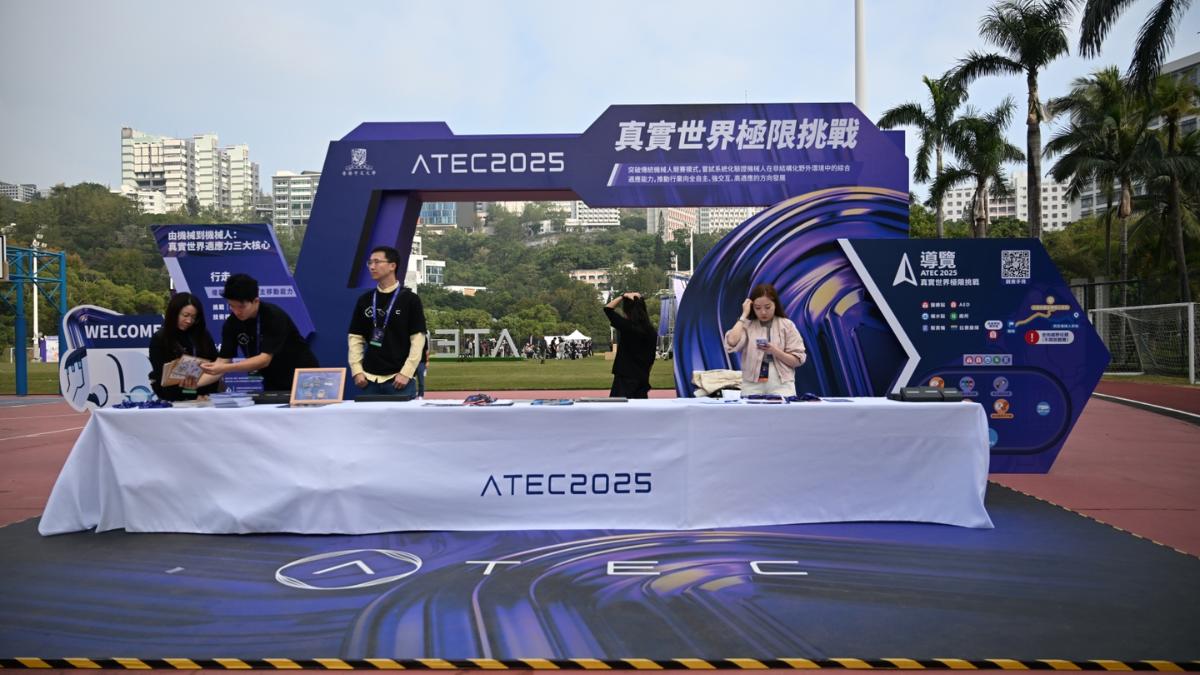Google has officially revealed Android XR, a new operating system tailored for extended reality (XR) devices like smart glasses and headsets.
XR, a term encompassing virtual, augmented, and mixed reality experiences, is at the core of Google’s vision for the next generation of wearable tech.
The tech giant is collaborating with Samsung and other manufacturers to develop hardware powered by Android XR. Developers can access the software now, with devices expected to ship in 2025.
Features of Android XR
Android XR promises to bring immersive experiences to life by integrating AI-powered tools and multi-modal apps.
Google is reimagining popular apps like Maps, Photos, and YouTube for XR, along with a new version of Chrome that supports multi-window multitasking. It also allows compatibility with existing Android apps, similar to Apple’s Vision Pro ecosystem.
AI, specifically Google’s Gemini AI, plays a central role in Android XR. According to Sameer Samat, head of the Android ecosystem, AI integration is the “killer app” for XR, making features like real-time audio and video creation seamless.
A Flexible Approach to XR Devices
Google envisions XR devices that transition smoothly between virtual and real-world environments.
This could range from standalone headsets to smart glasses and even audio-only wearables like the Ray-Ban Meta Smart Glasses.
The first major device, codenamed Moohan, is being co-developed with Samsung and is set for release next year. Android XR aims to support a wide variety of hardware, offering flexibility for developers and users alike.
A Long-Term Bet on Wearable Tech
This isn’t Google’s first attempt at wearable tech. Previous projects like Google Glass, Cardboard, and Daydream introduced innovative ideas but struggled to gain traction.
With Android XR, Google hopes its AI advancements and partnerships will finally make extended reality mainstream.
As developers start building for Android XR, Google’s bold bet will soon be tested. Whether it becomes the Android of XR devices or another experiment remains to be seen.













